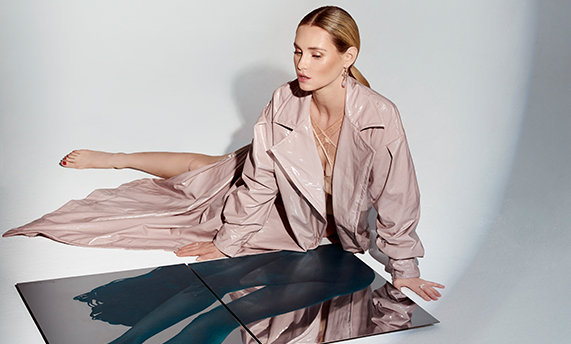
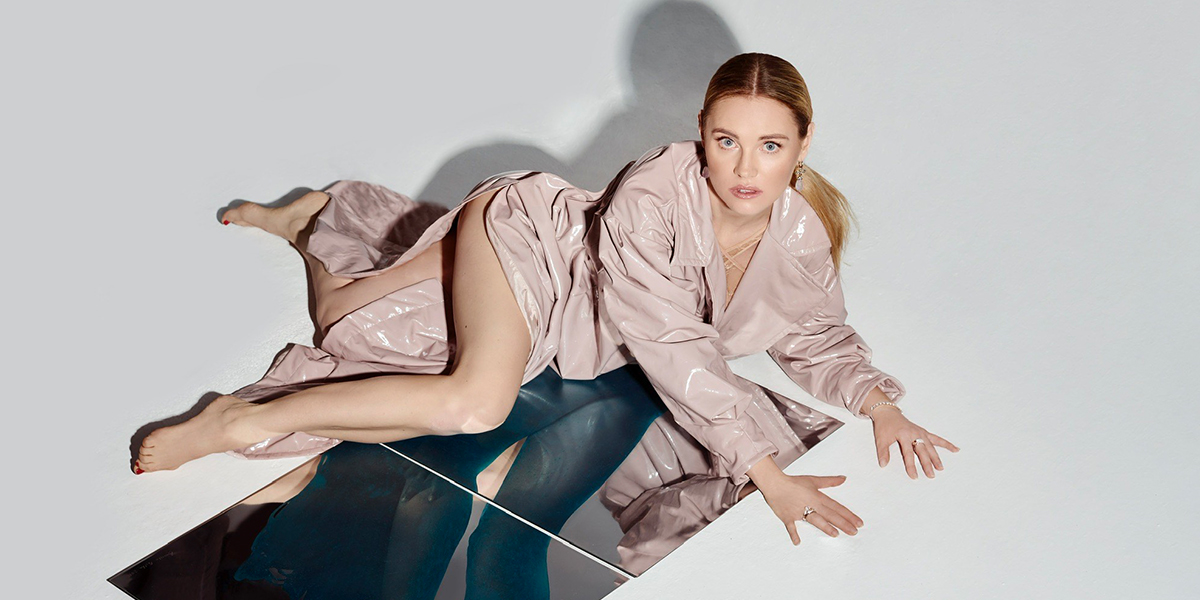
Agnieszka Pestka is a Polish visual artist based in New York whose works reflect personal stories from the perspective of a young and open-minded woman, a traveller. I talk with her about how she draws inspiration from the feminine power and why she decided to make the etching technique up-to-date.
Could you say a little more about your creative path, where did you learn the graphic techniques?
It all started when, living between Tokyo and Sydney, I decided to take a risk and go for my dreams. I know it might sound simple but it wasn’t. If I had to explain it briefly, I would say that I went to New York, where I rented an art studio and learned all the techniques I wanted to. Of course gaining knowledge was connected with my studies at the School of Visual Arts in Manhattan. It all started with a four-month course in screen printing, but discovering etching was the moment when I found the satisfaction and need for further artistic action. I enrolled in a course in etching and metal furniture making at the same time. However, once I had learnt the basics I started to follow my own creative path.
![]() Exhibition “I don’t want to lose her“, La Vie Gallery, Warsaw 2020 fot. Nel Niezgoda
Exhibition “I don’t want to lose her“, La Vie Gallery, Warsaw 2020 fot. Nel Niezgoda
Who is your mentor? Did you meet him/her during studies?
Larry B. Wright! I absolutely have to start the whole conversation with this personality. He was one of the lecturers at the School of Visual Arts in New York (SVA) and Robert Rauschenberg’s personal assistant. He wasn’t my teacher directly, but the one who gave all the students the incredible energy to create, get inspired and motivated. He gave me the feeling that everything is possible through hard work. I can’t wait to get back to the studio and hug him! What an amazing man!
When I look at your works I notice that you go beyond paper and prints and focus on the spatial aspects of etching, which might draw me to the conclusion that you draw inspiration mainly from the graphical matrix?
Sometimes I do paper prints and I really appreciate paper, especially rice paper for its softness and strength at the same time. However, as I said before, metal chose me and vice versa. What appeals to me most is its coldness, strength, weight I have to handle while working on spacial forms. I knew from the first moment I entered the studio that I was in the right place. I touched the metal plate and started imagining how I can shape it. I tried working with paper several times, but it wasn’t the same as working with plates and seeing a three-dimensional form. Imagine that the viewer is inside your sculpture, hidden in the polished surface, and the acid-washed indentations can be seen not only on the work but also reflected in the space where the work is exposed. I perceive light, movement and the ever-changing space as a crucial part of my work.
What do you mean by this?
I have shown my work in various places and in various configurations.
![]() Agnieszka Pestka, She comes to me at night (and take me in her arms), print on rice paper, 100cm x 183 cm
Agnieszka Pestka, She comes to me at night (and take me in her arms), print on rice paper, 100cm x 183 cm
What is etching to you? Do you think the art and design market is open to this technique?
Of course it is! When it comes to the sphere of openness, I believe that art is a place of freedom! As artists, we should not look for limits but for solutions in order to exist. This is the role of the brave artist in a rapidly developing capitalist world. Of course, there are trends in art and at the moment there is certainly a lot of colour, in my opinion. But the world is always looking for new fresh looks, even when you use old techniques. Etching is a rather forgotten technique and that is why I have decided to bring it back to life. I want to represent a fresh approach. Usually my work ends up on a polished cool piece of zinc plate. Prints are created rarely or as an addition. For me, etching is unpredictable, surprising, painstaking, unlimited, but also very mine. It is the method that defines me at this moment.
You often pose with your works, how do you consider them? Are they a record of your thoughts and feelings? Do you have a problem with parting with your works?
My life is quite intense. I am an artist but also an activist. I have lived in 14 countries, travelled a lot and always wanted to experience a lot. I met many people and interesting stories on my way. „Jasmine“ is about an American-Egyptian woman who worked for the pentagon and while washing my face, tells me about the death of her father. The sculpture „River of Blood“ brings me back to memories of watching someone strip the fur from a fox that was still alive, the canvases „Carmen“ are dedicated to the female prisoners I sat with in immigration prison, it tells of women’s freedom. „She comes to me at night (and takes me in her arms)“ tells of my temporary loss of sight. „Let me love things in you that don’t exist“ is about love, the community of women, it answers the question of how women complement each other when they connect on different levels and in many situations. The topics look very disparate but they are a whole and they are united by one common female view of reality.
![]() Pestka Agnieszka, Water, fot. Nel Niezgoda
Pestka Agnieszka, Water, fot. Nel Niezgoda
![]() Exhibition “I don’t want to lose her“, Gallery La Vie, Warsaw 2020 fot. Nel Niezgoda
Exhibition “I don’t want to lose her“, Gallery La Vie, Warsaw 2020 fot. Nel Niezgoda
![]() Agnieszka Pestka, Water, fot. Nel Niezgoda
Agnieszka Pestka, Water, fot. Nel Niezgoda
Could you tell us more about American art world? How would you describe it?
The United States is a big country. In Miami, New York or Los Angeles there are different rules and trends. But in general Americans are open to the art market and novelties. They appreciate handmade things, work input and personal touch of the object. You could say they are familiar with art galleries. In New York, we often go to a gallery on our way to a restaurant or during a Saturday afternoon walk. Art is really a part of big-city everyday life and thus it’s easier to be artistic and notice other artists.
Instagram: Agnieszka Pestka @peeestka
Web site:Agnieszka Pestka www.apestka.com

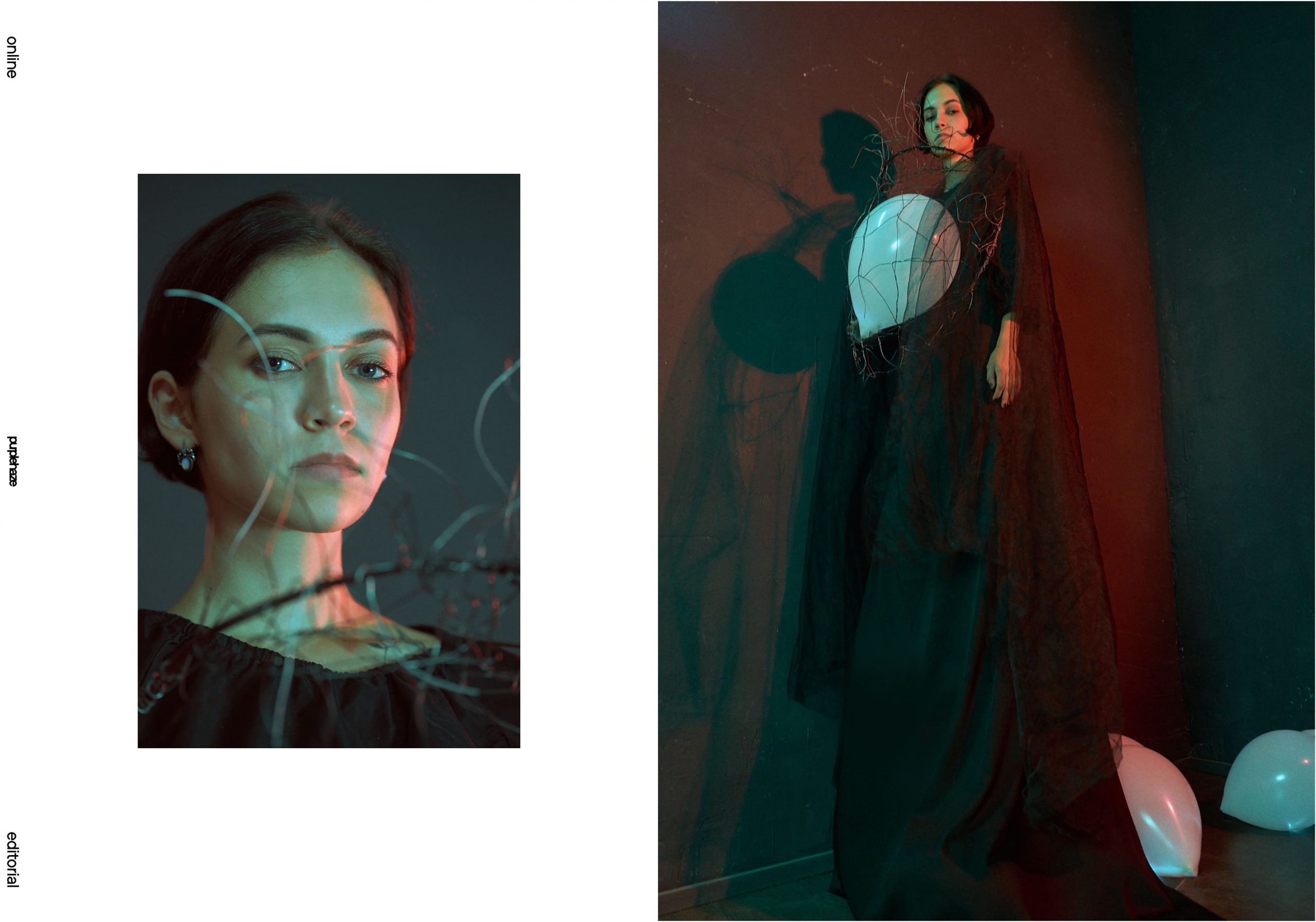

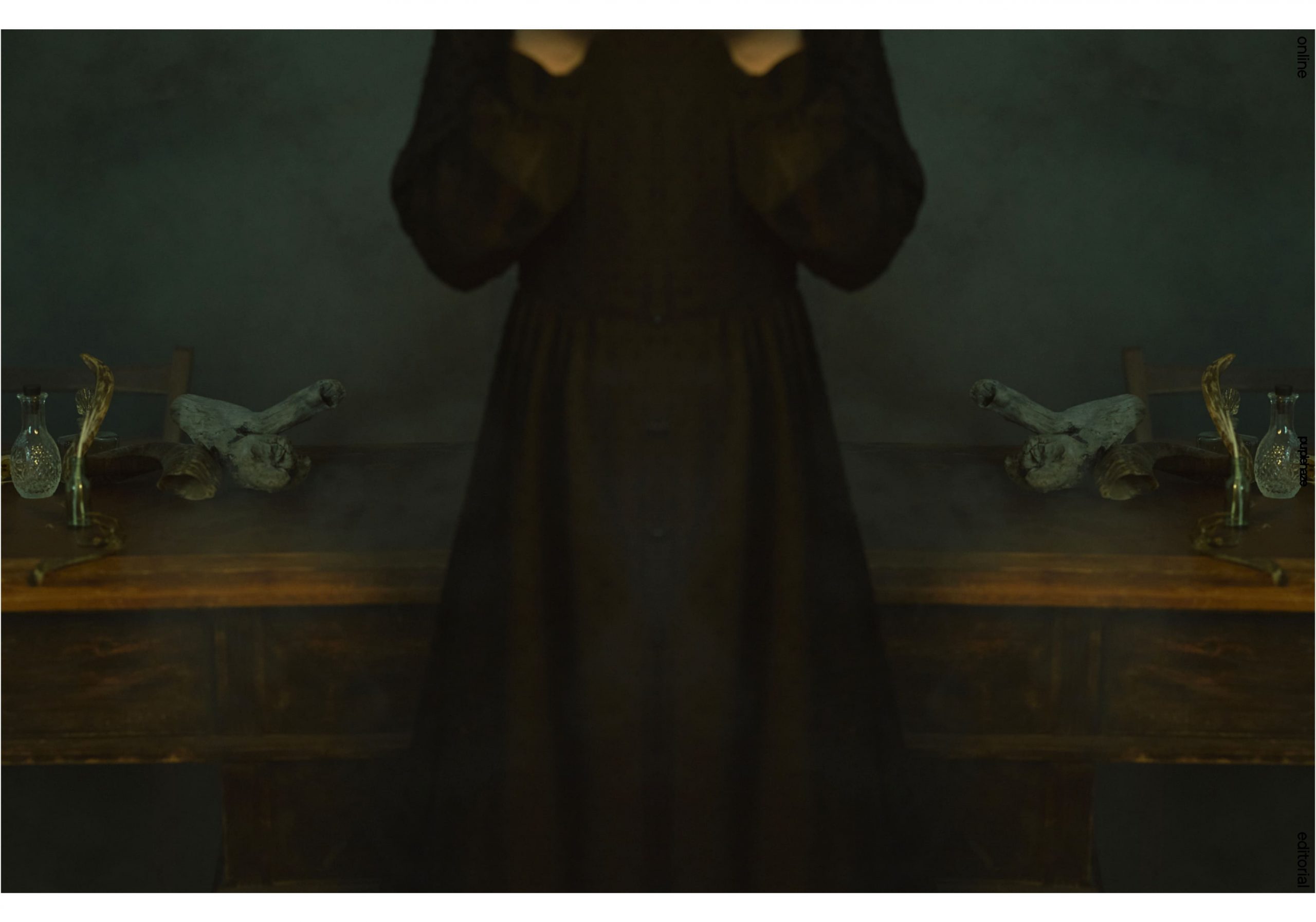
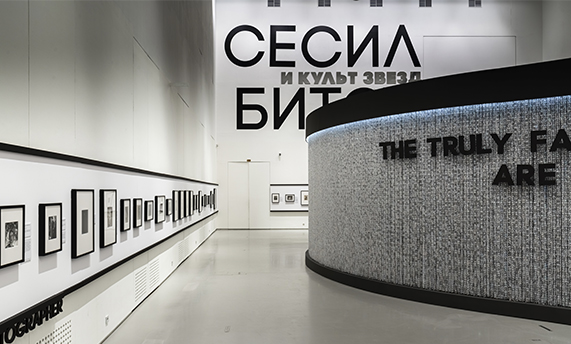
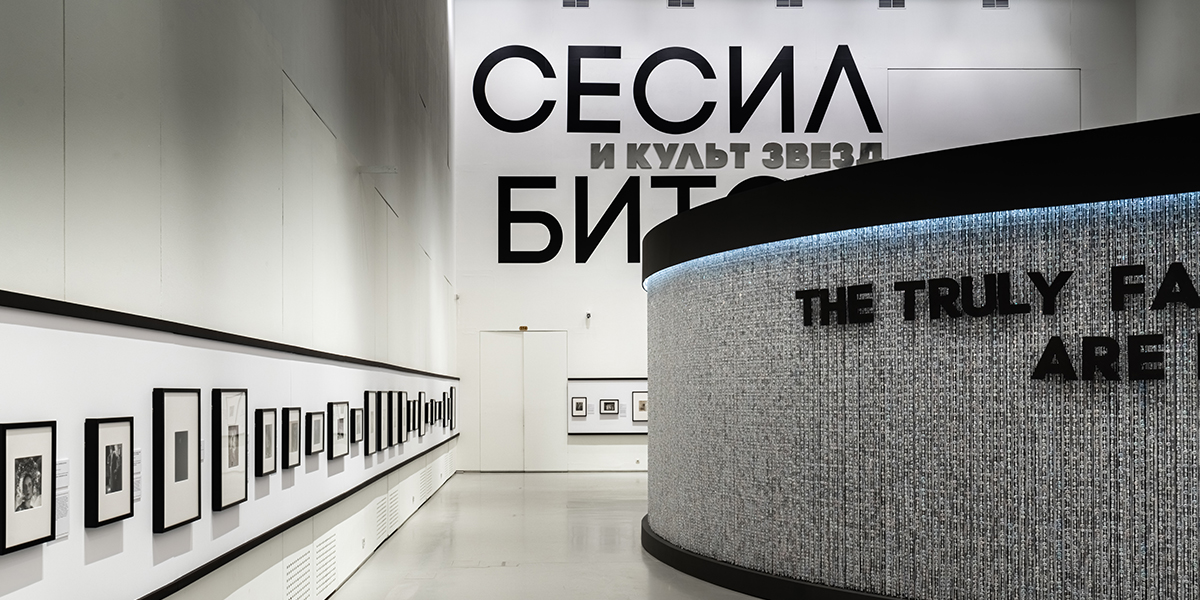
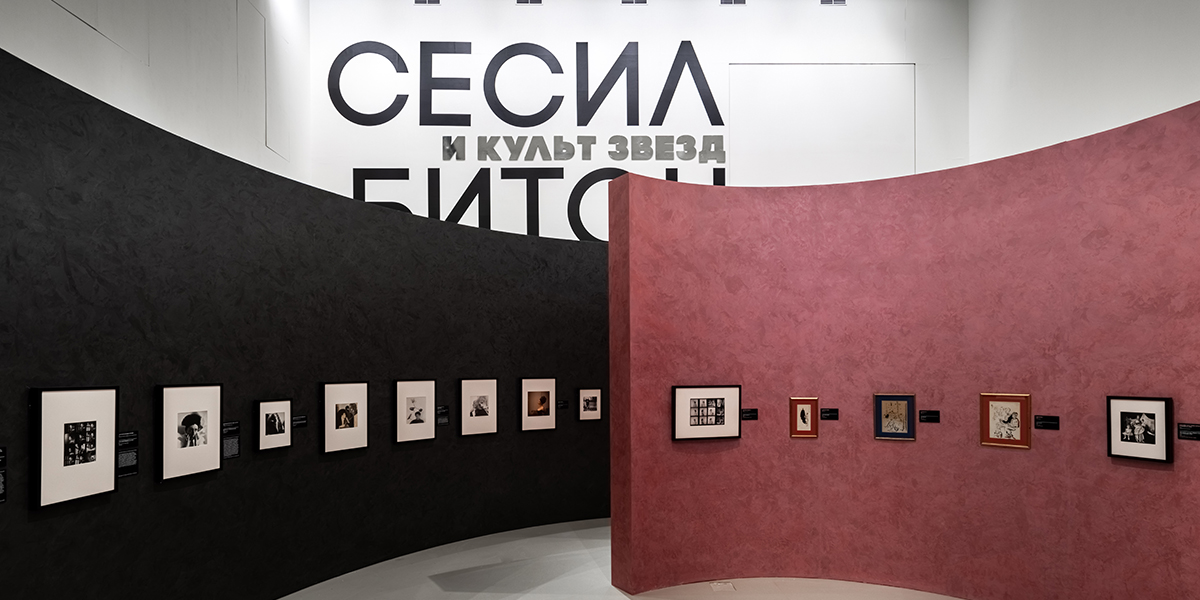
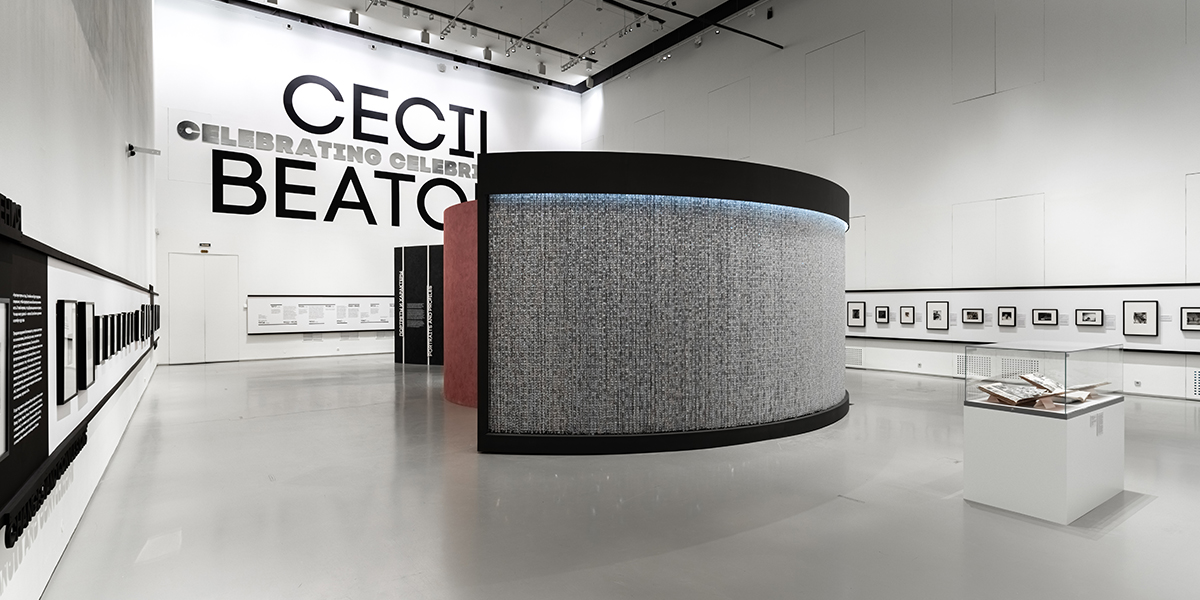
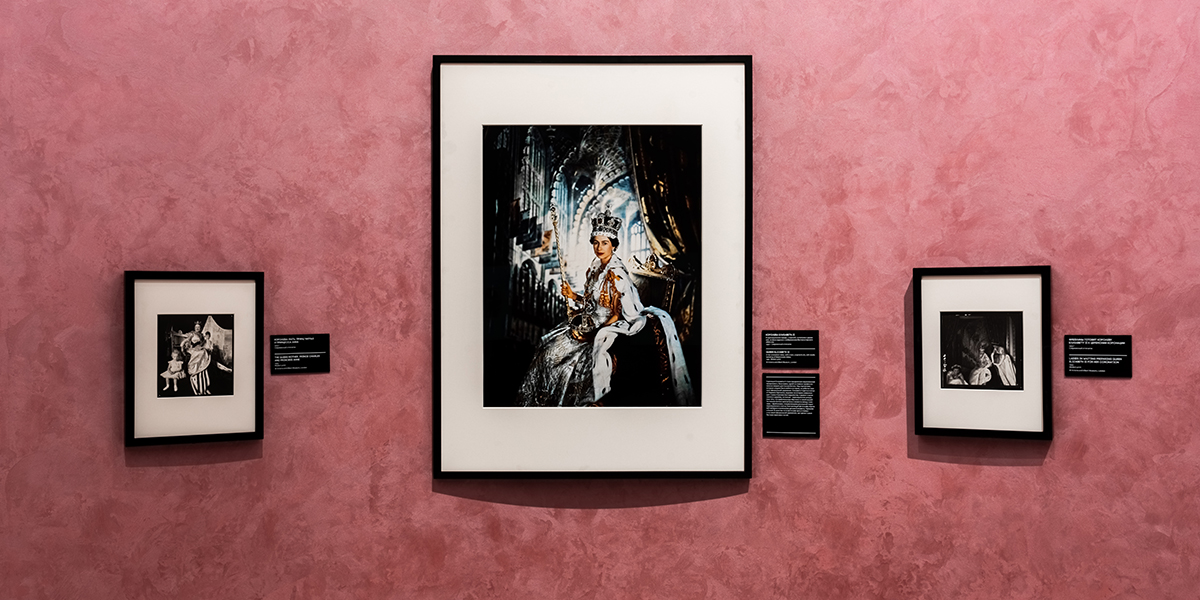
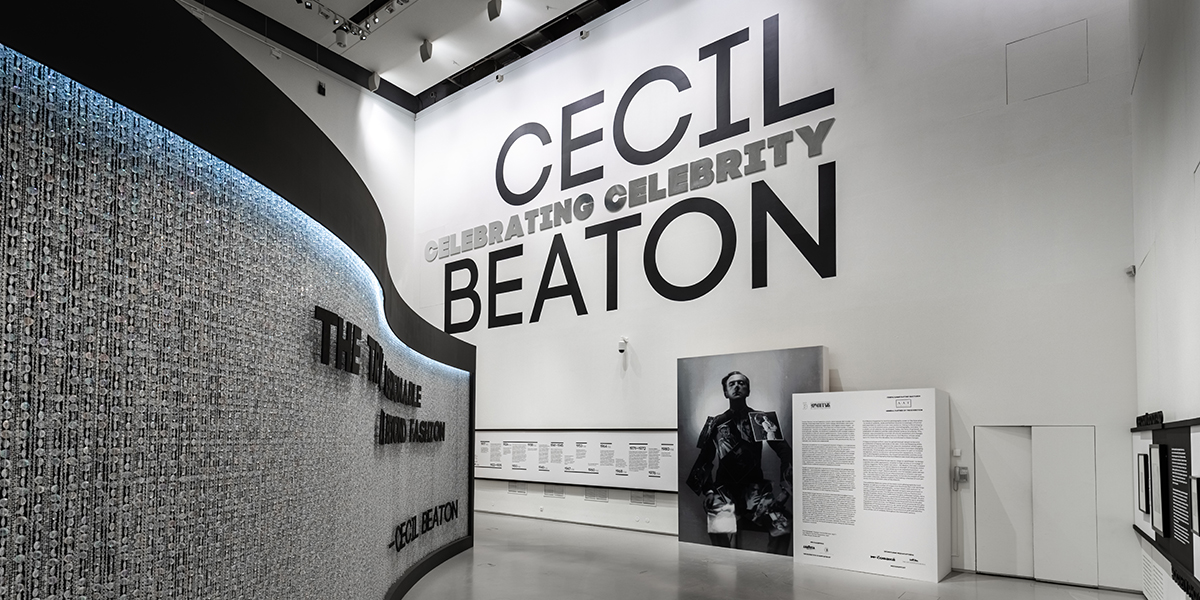
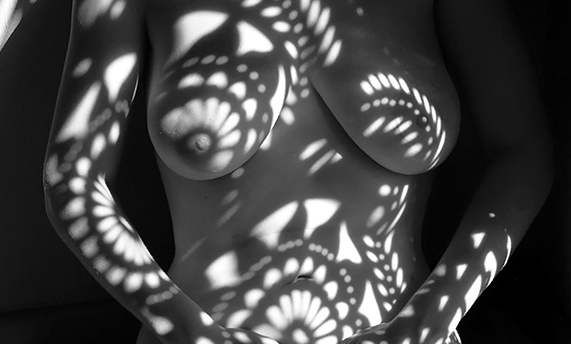
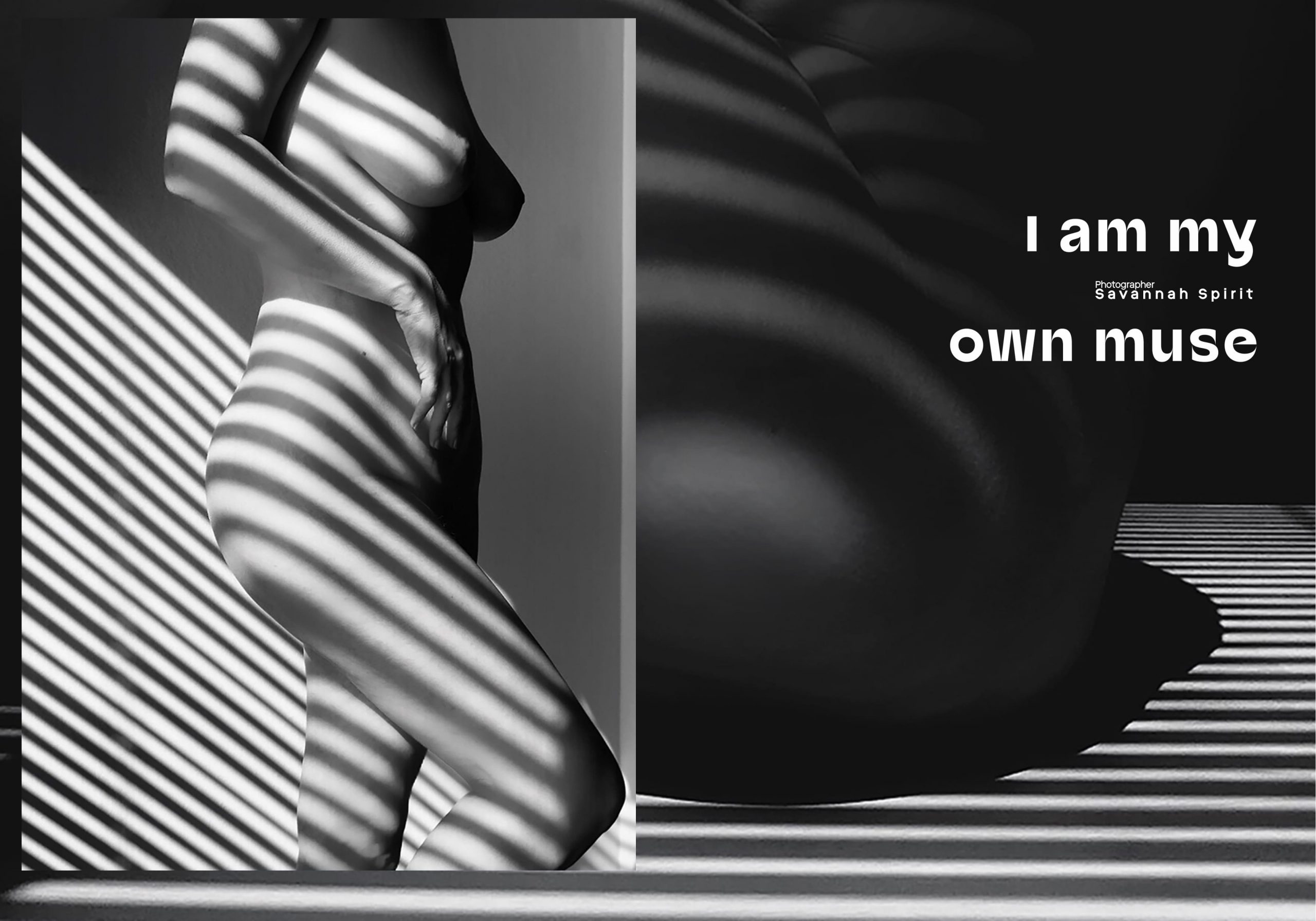
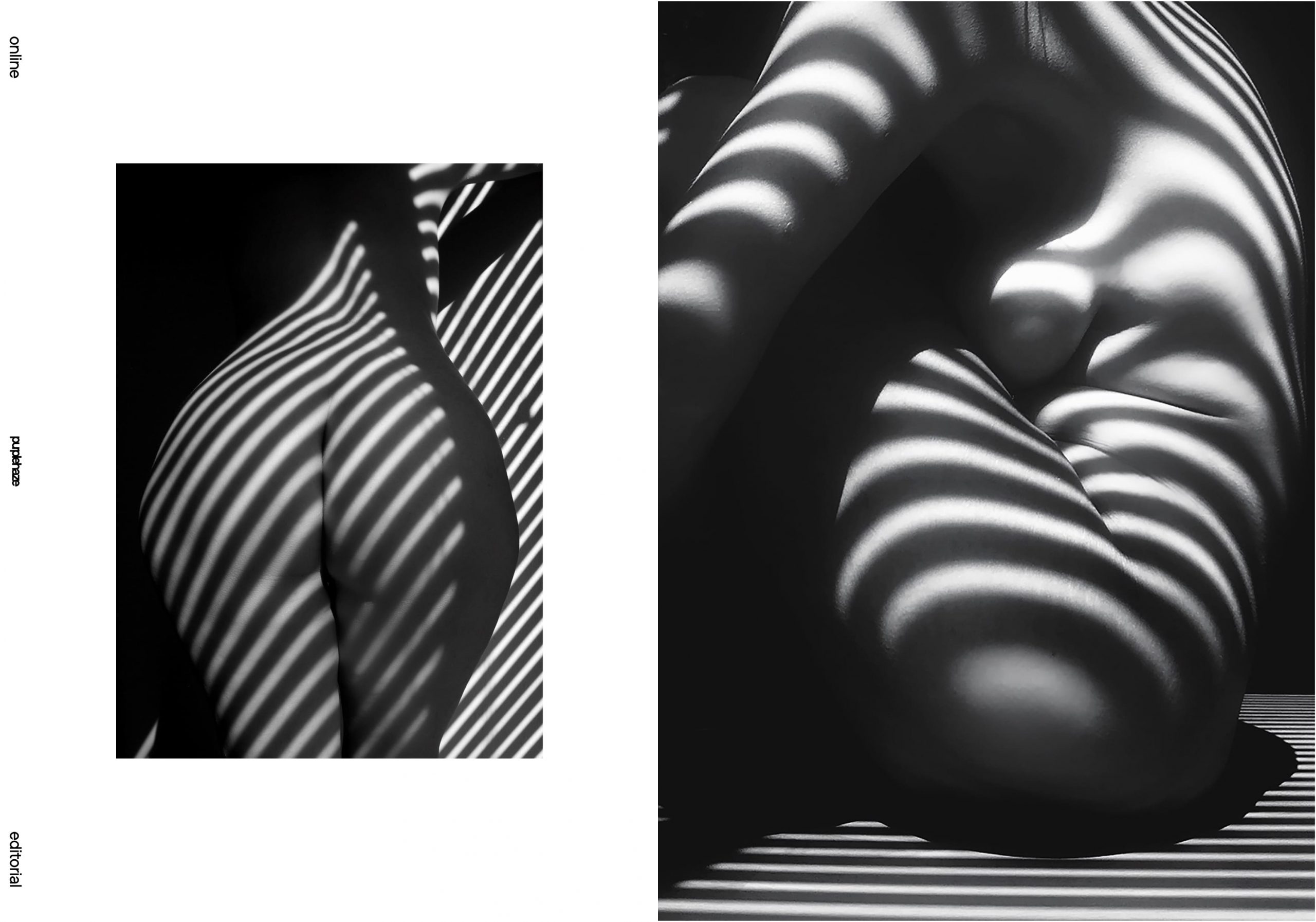
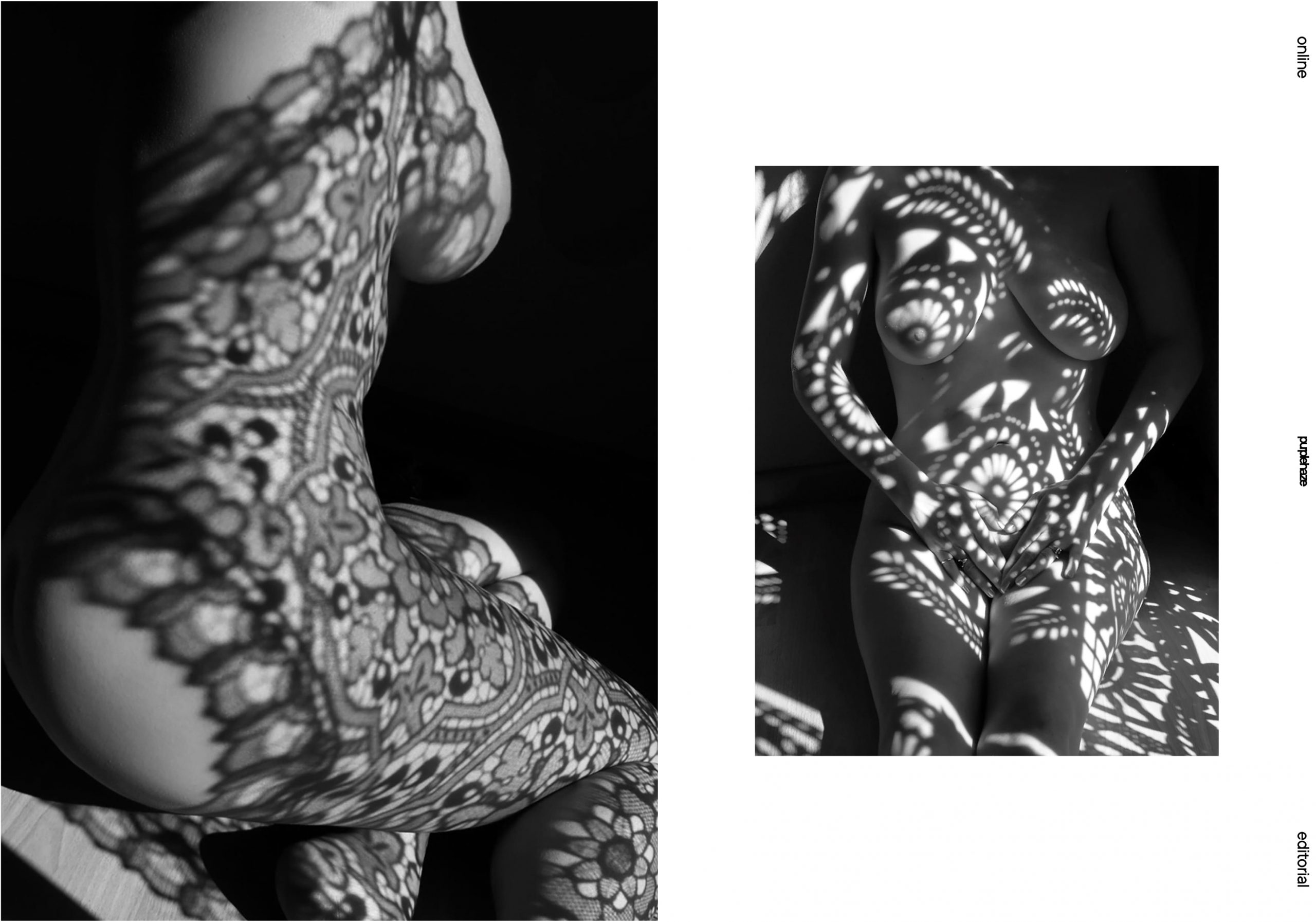

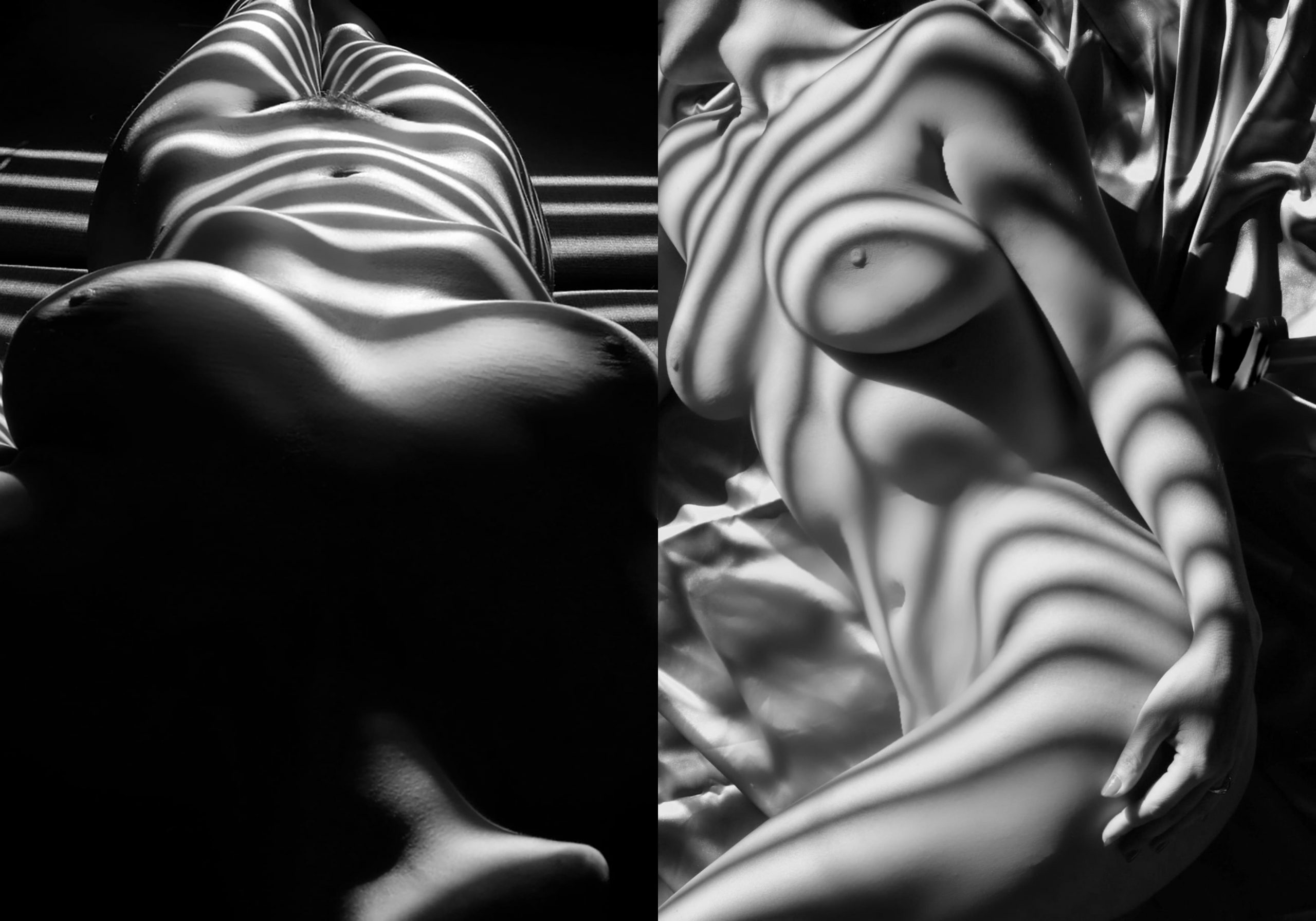
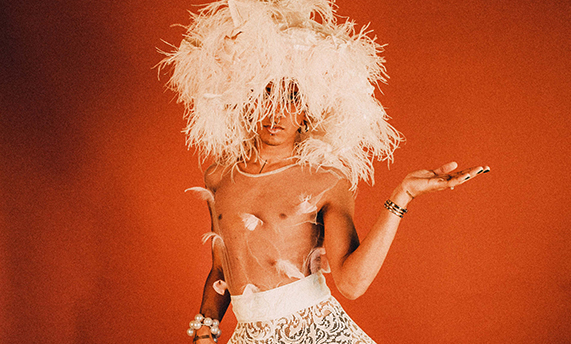
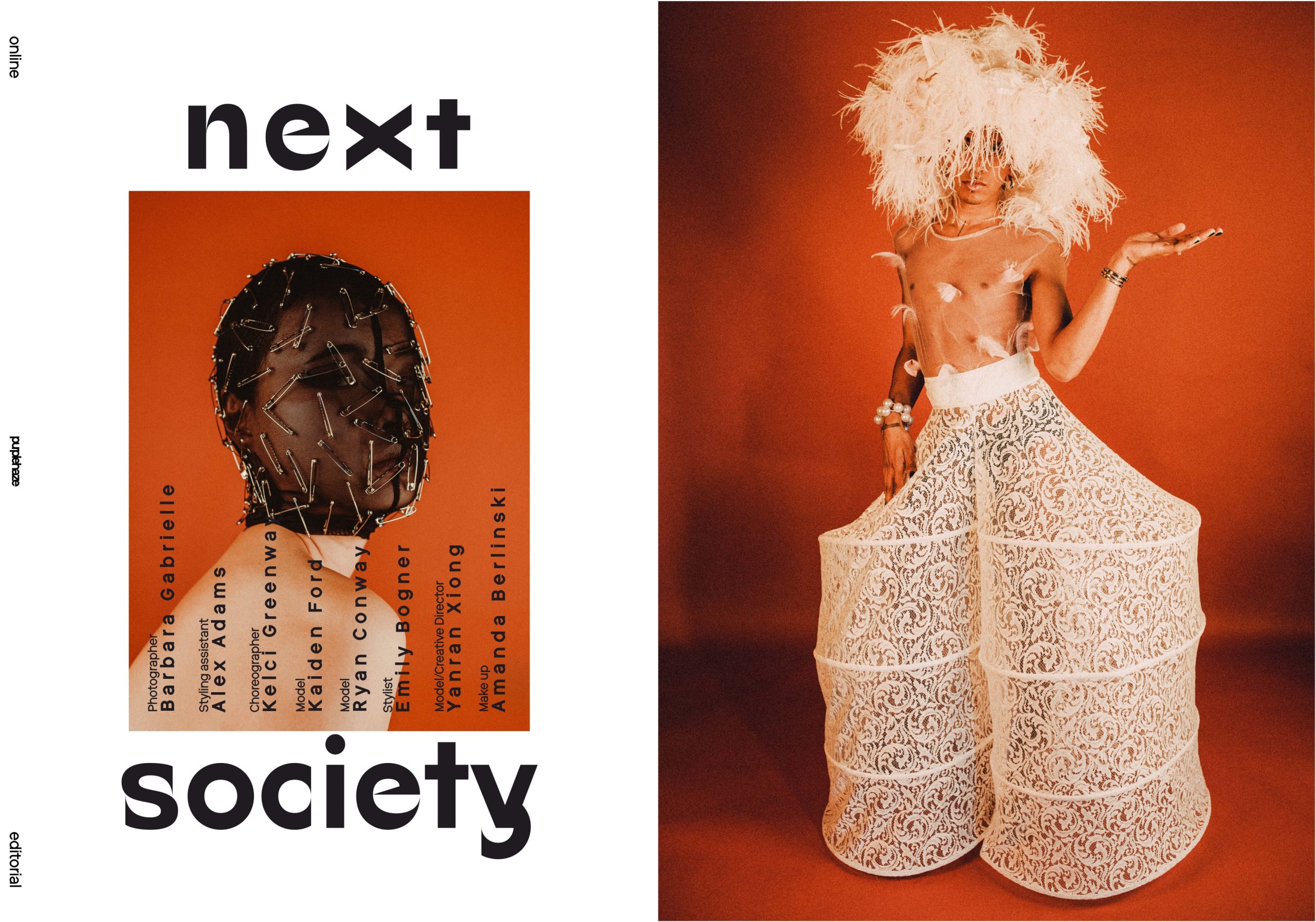

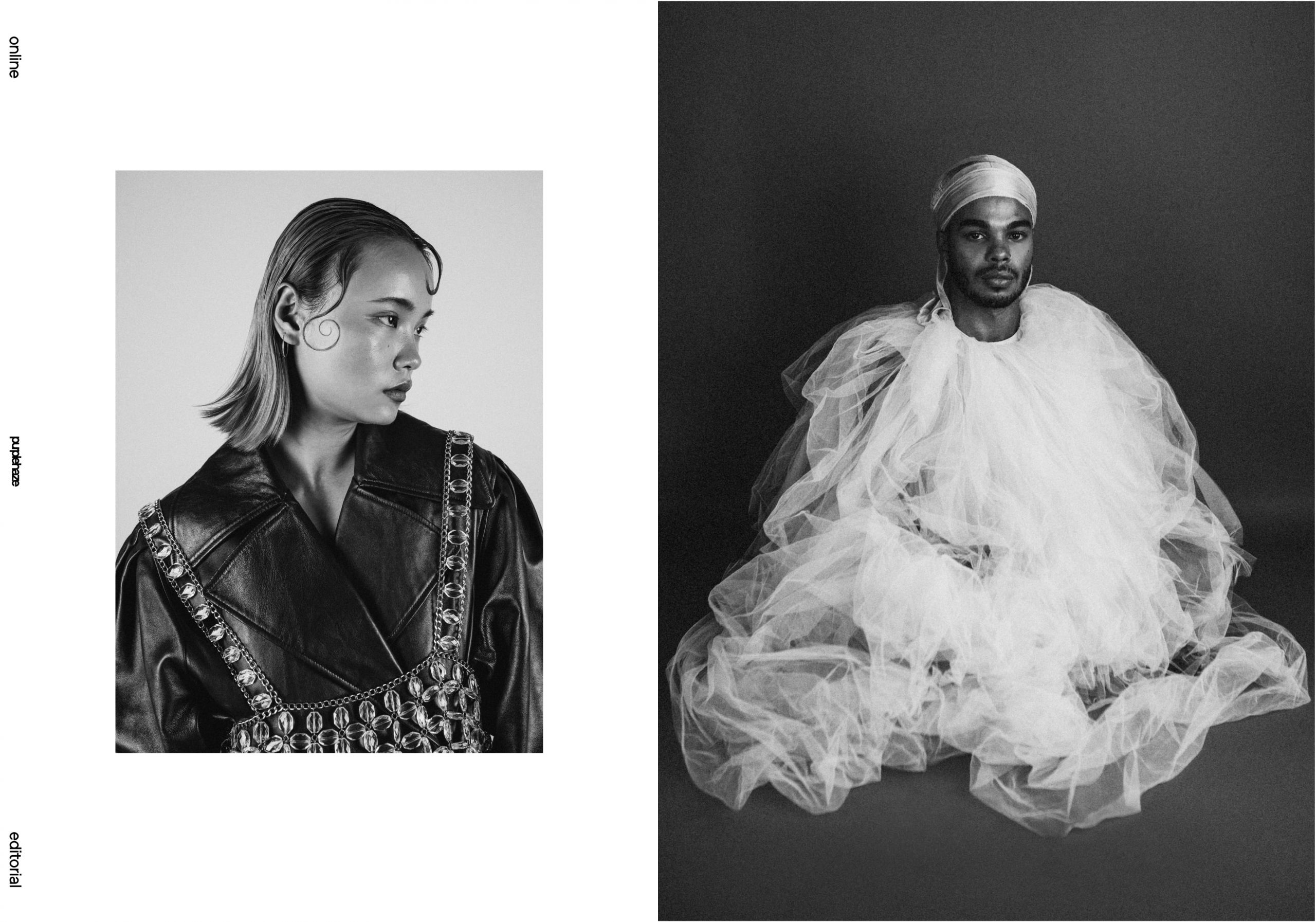
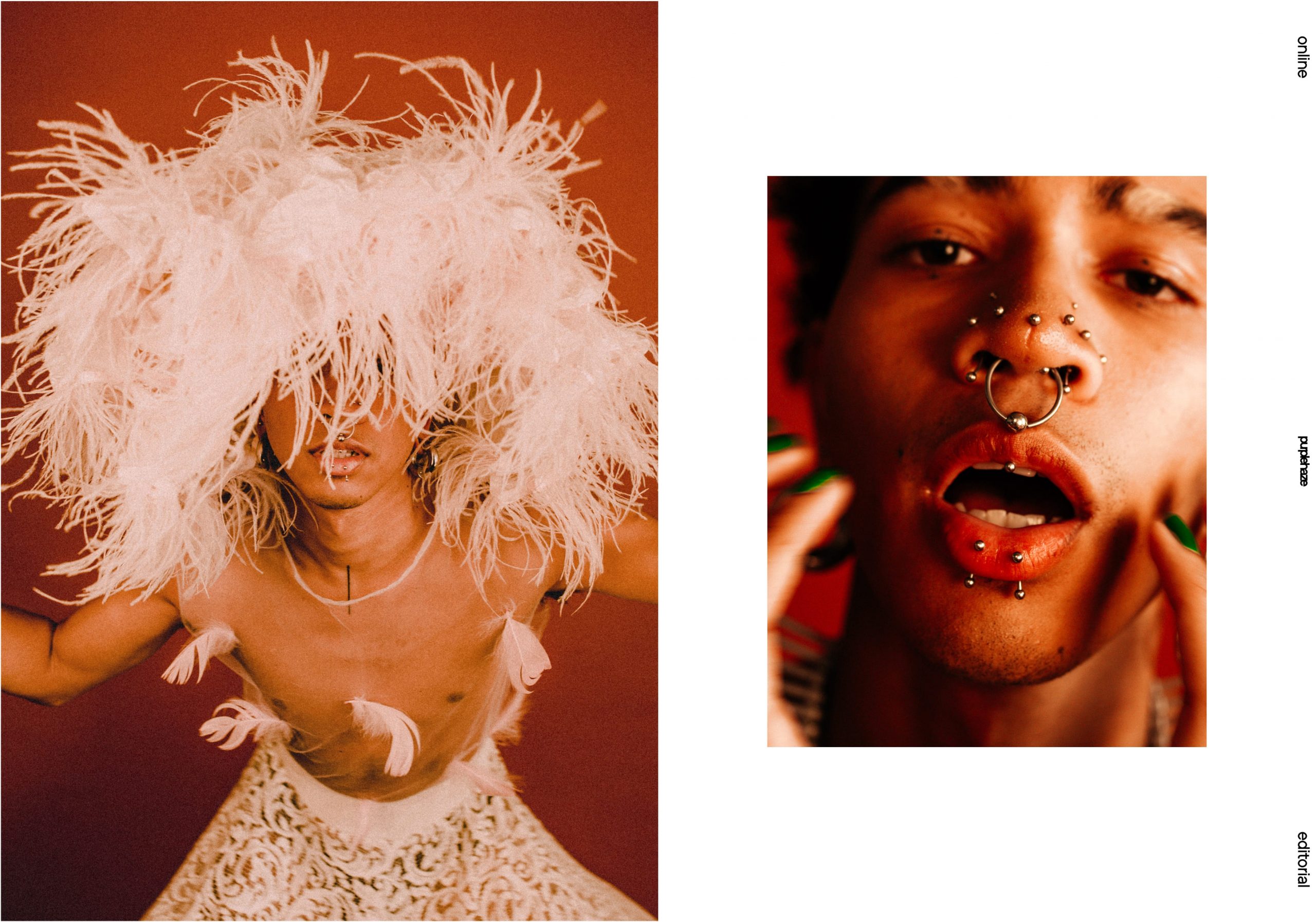

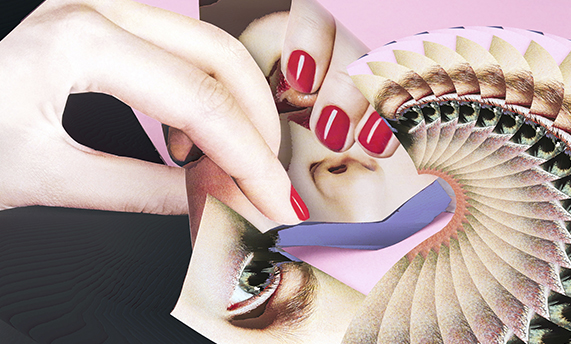
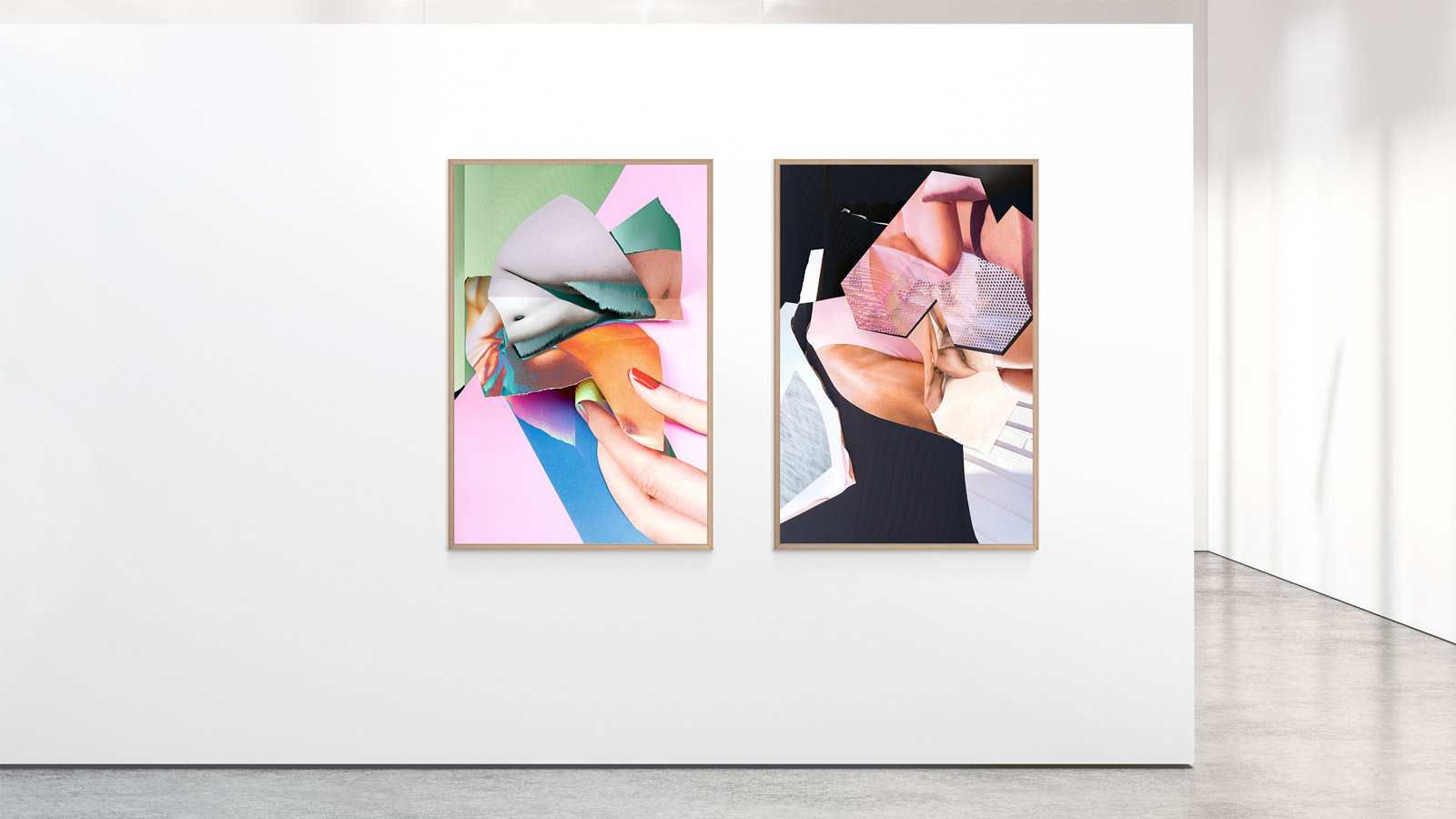
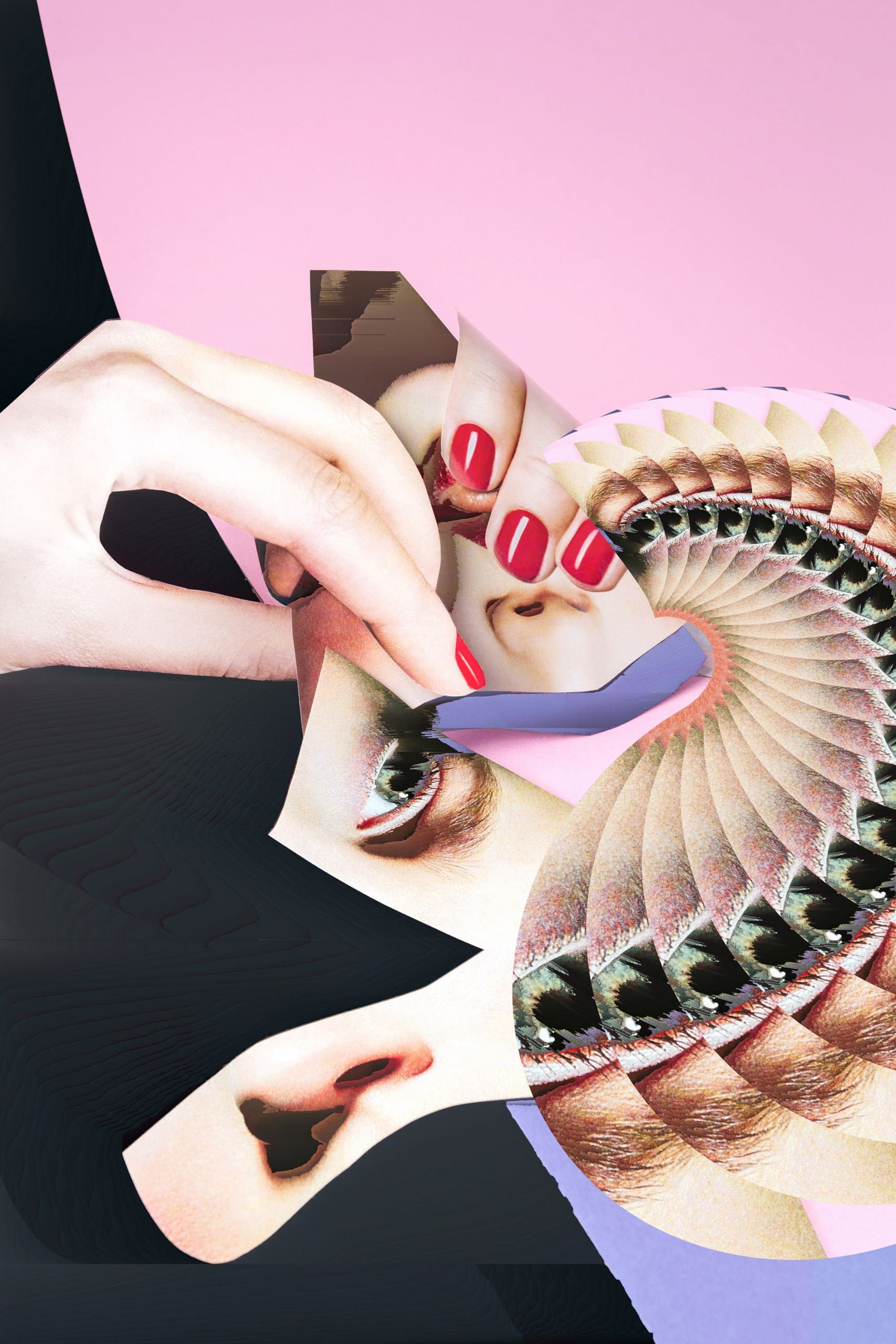
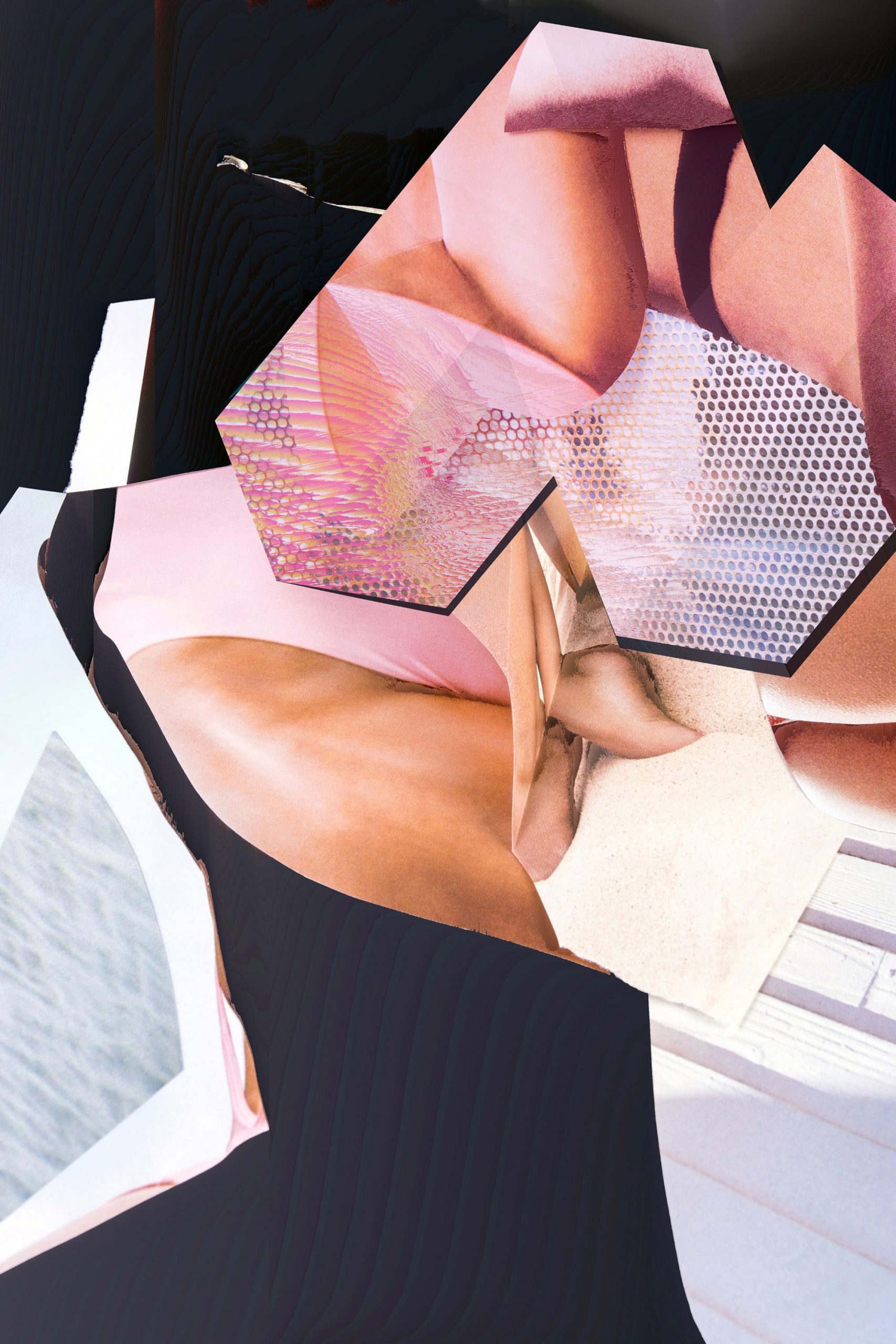
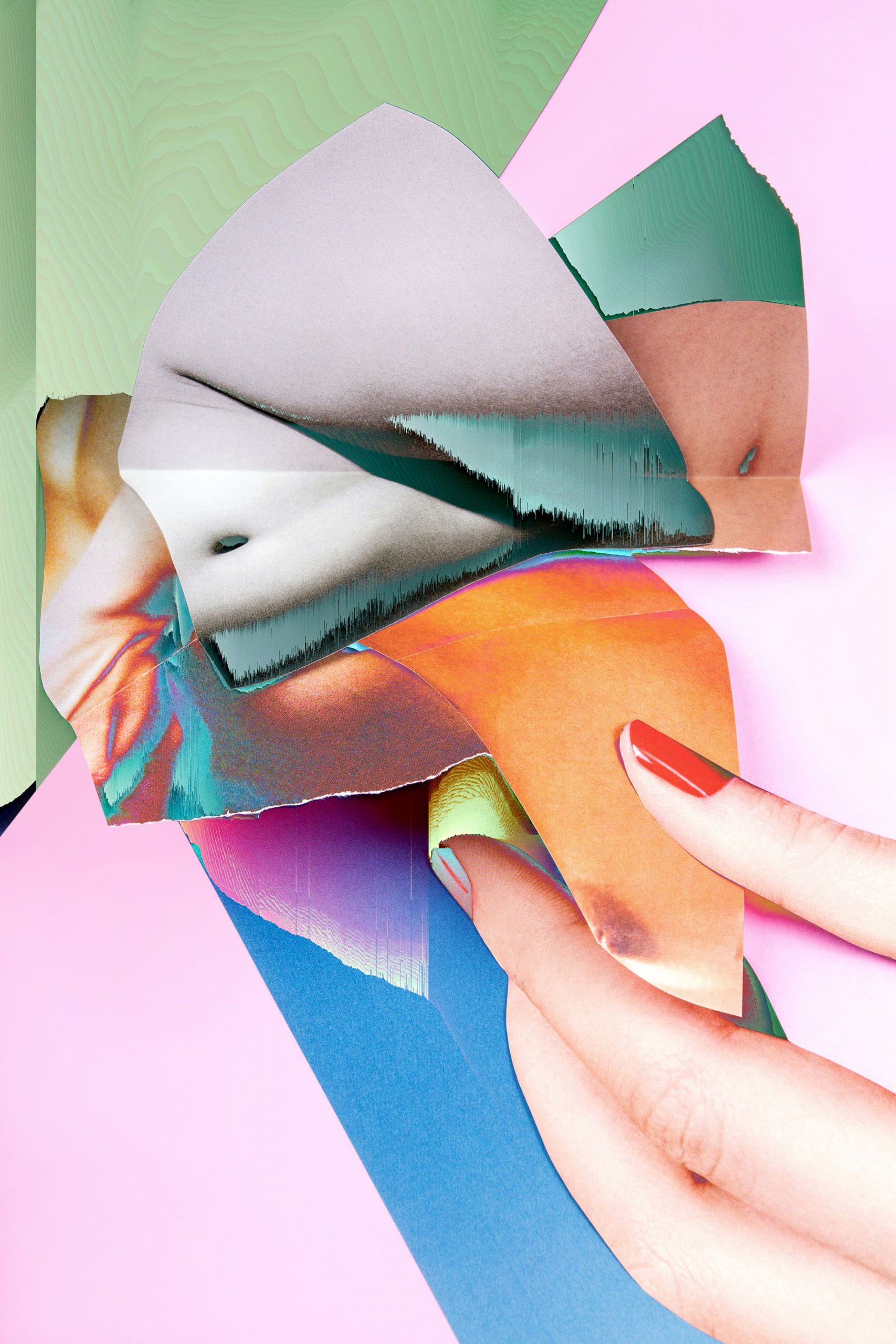
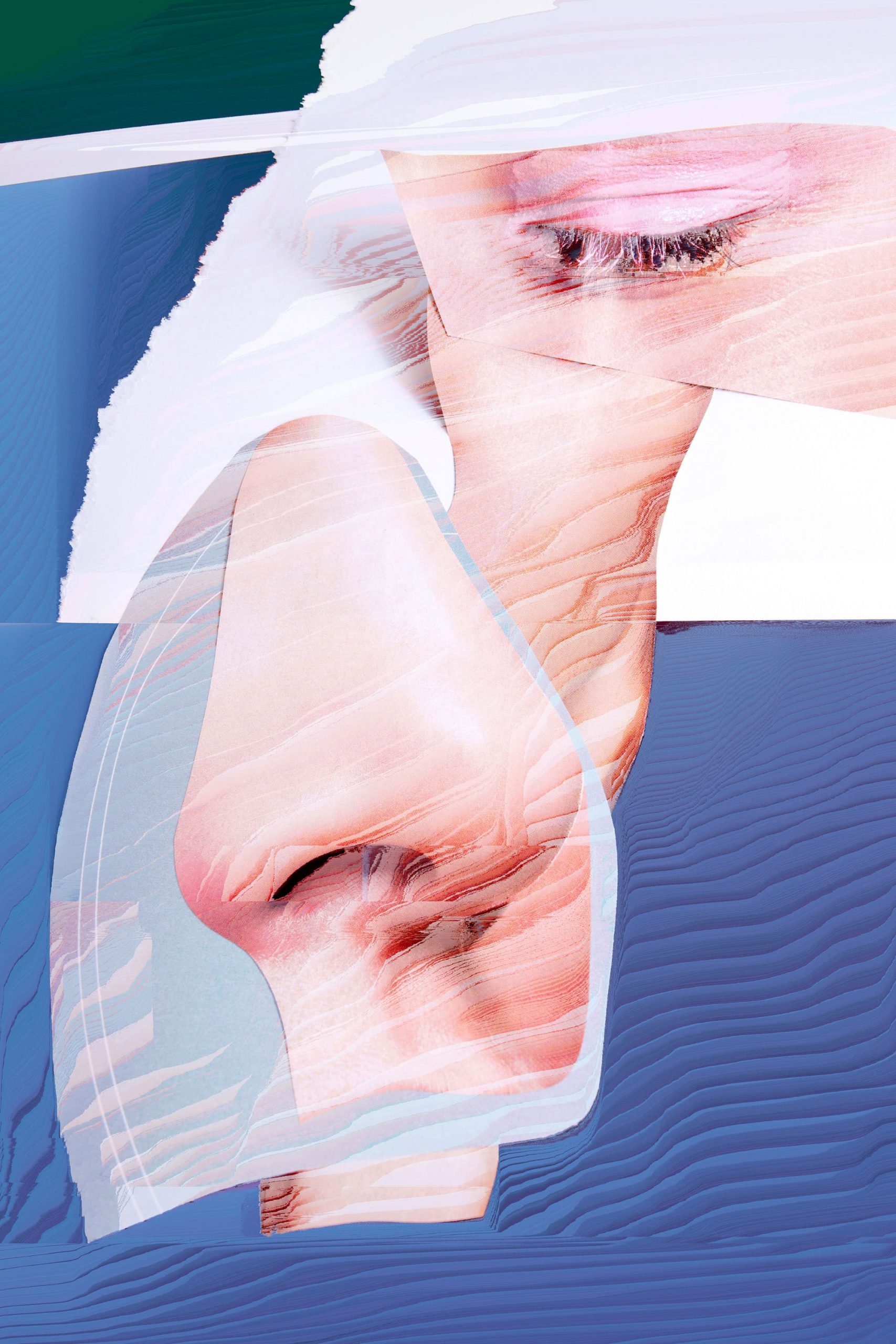
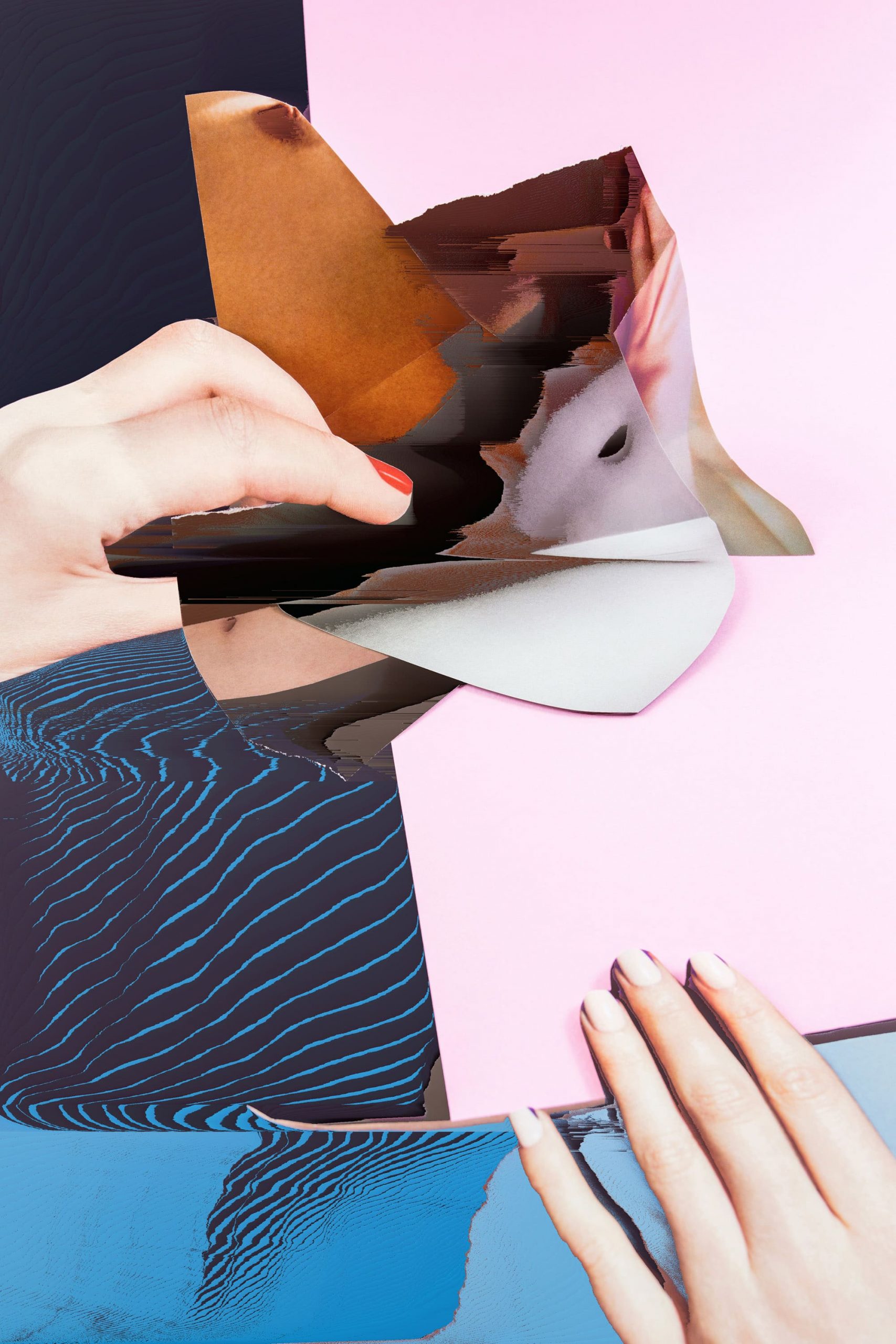
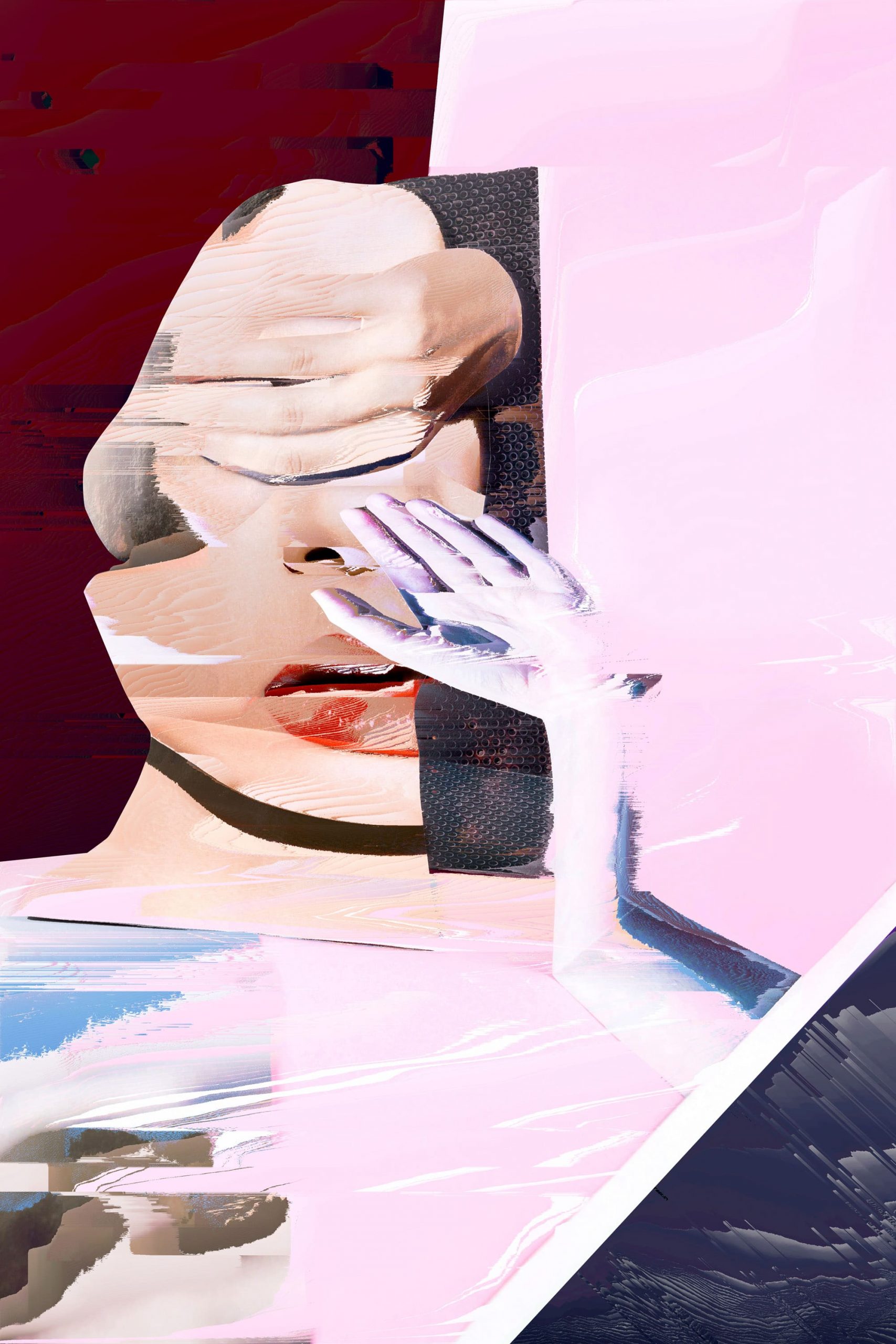

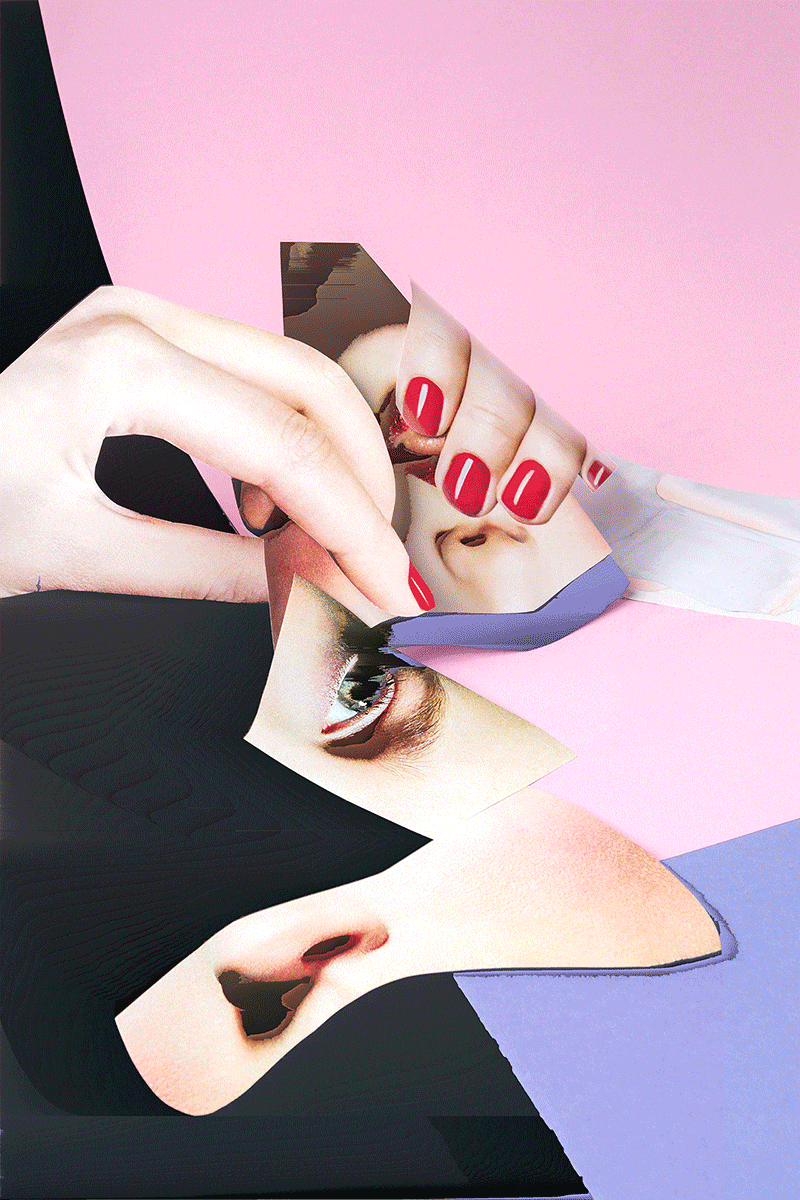
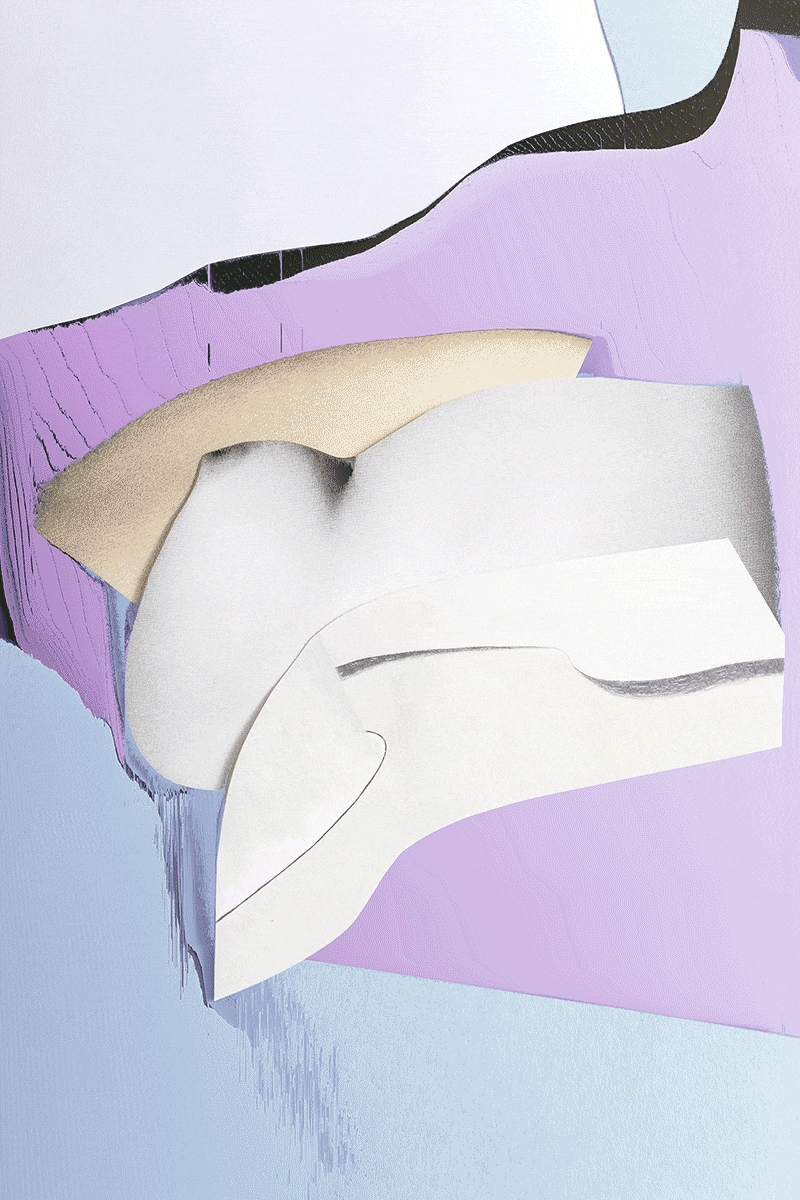
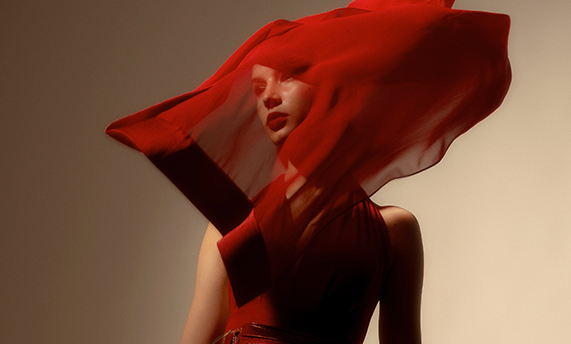












Neueste Kommentare